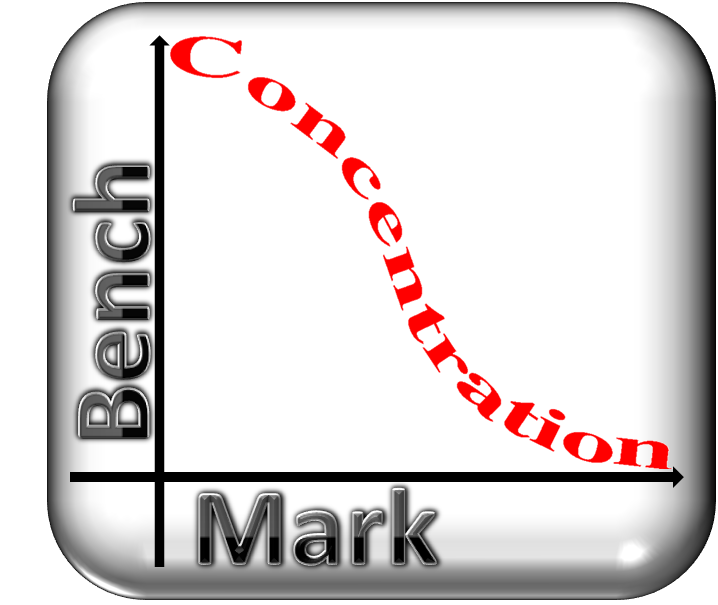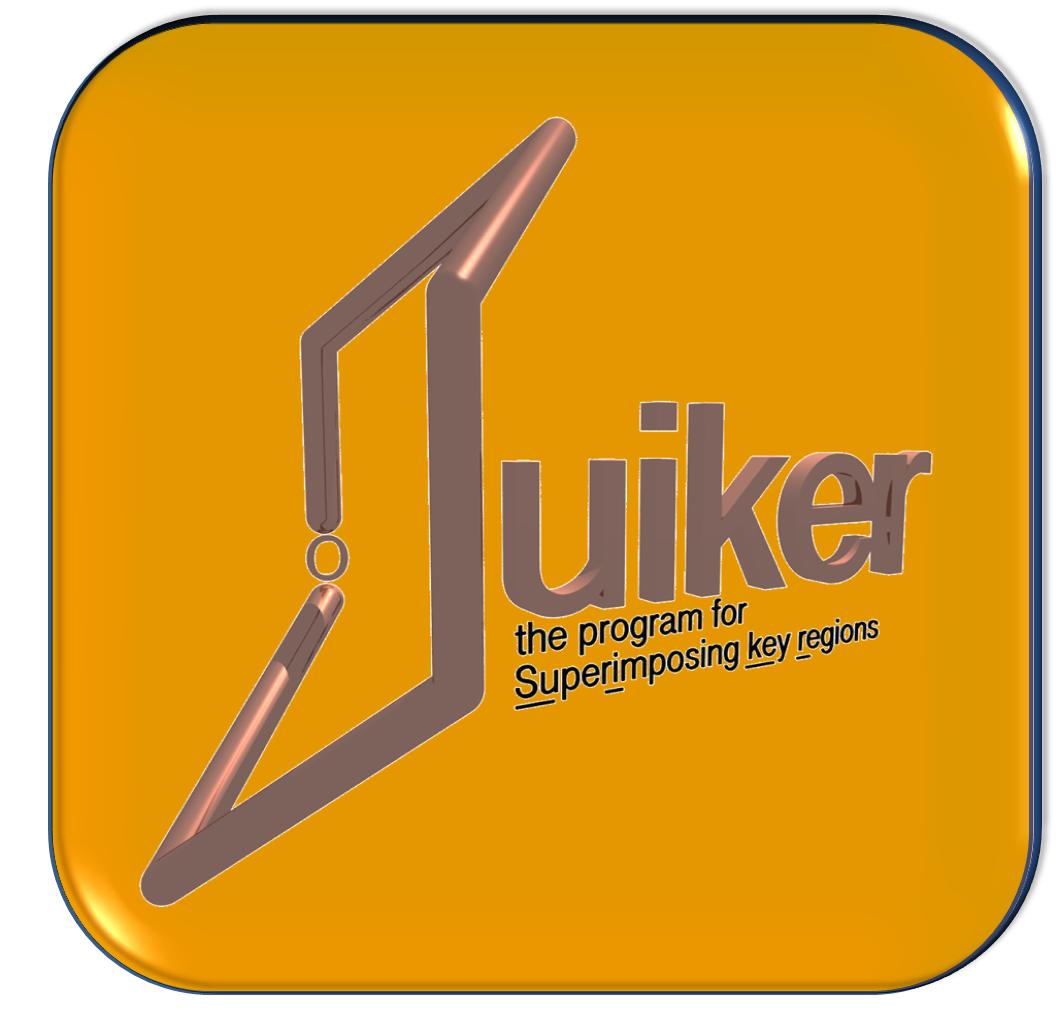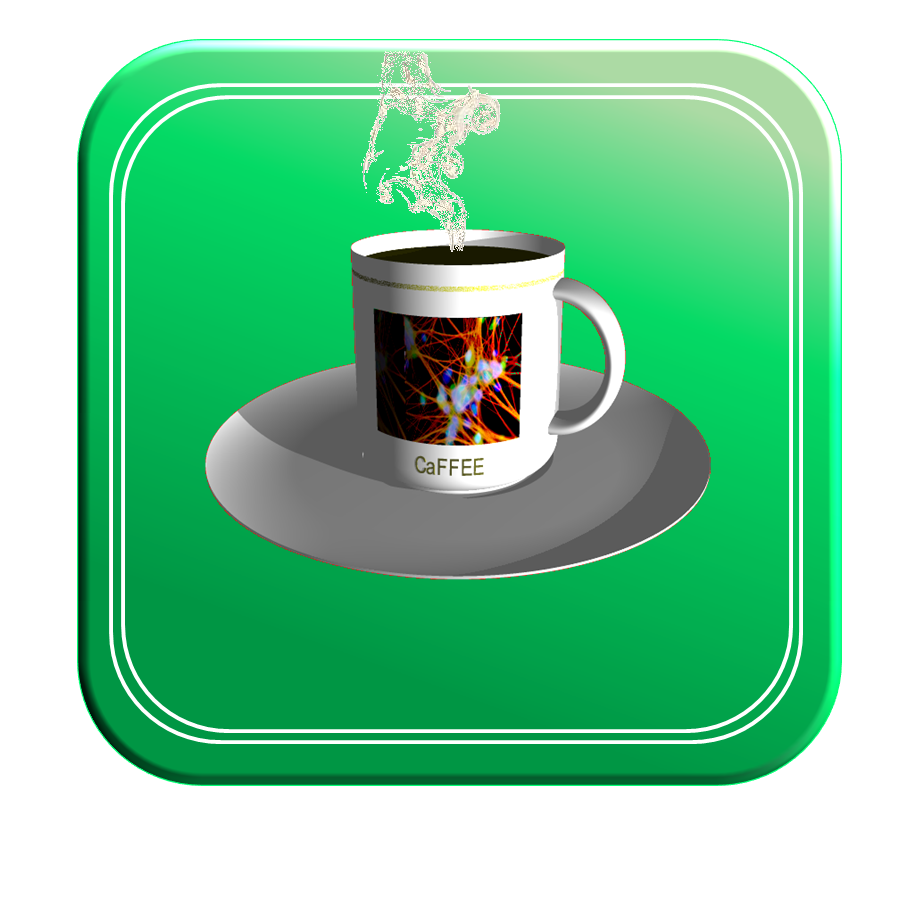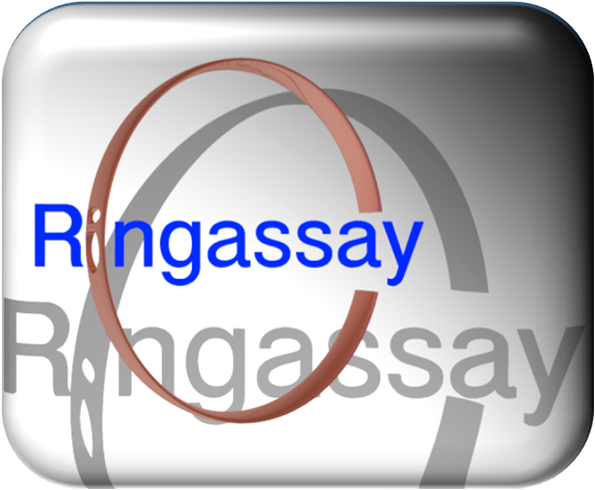
|
|
BMCeasy, Bench Mark Concentration Original publication: Krebs A, Nyffeler J, Karreman C, Schmidt BZ, Kappenberg F, Mellert J, Pallocca G, Pastor M, Rahnenführer J, Leist M. 2020 Determination of benchmark concentrations and their statistical uncertainty for cytotoxicity test data and functional in vitro assays. ALTEX, 37, p. 155-163. Abstract Many toxicological test methods, including assays of cell viability and function, require an evaluation of concentration-response data. This often involves curve fitting, and the resulting mathematical functions are then used to determine the concentration at which a certain deviation from the control value occurs (e.g. a decrease of cell viability by 15%). Such a threshold is called the benchmark response (BMR). For a toxicological test, it is often of interest to determine the concentration of test compound at which a pre-defined BMR of e.g. 10, 25 or 50% is reached. The concentration at which the modelled curve crosses the BMR is called the benchmark concentration (BMC). We present a user-friendly, web-based tool (BMCeasy), designed for operators without programming skills and profound statistical background, to determine BMCs and their confidence intervals. BMCeasy allows simultaneous analysis of viability plus a functional test endpoint, and it yields absolute BMCs with confidence intervals for any BMR. Besides an explanation of the algorithm underlying BMCeasy, this article also gives multiple examples of data outputs. BMCeasy was used within the EU-ToxRisk project for preparing data packages that were submitted to regulatory authorities, demonstrating the real-life applicability of the tool. This program is running ONLINE, complete with instructions and example file. Just click on the BMC-icon for more information and the link. |



